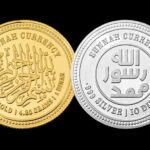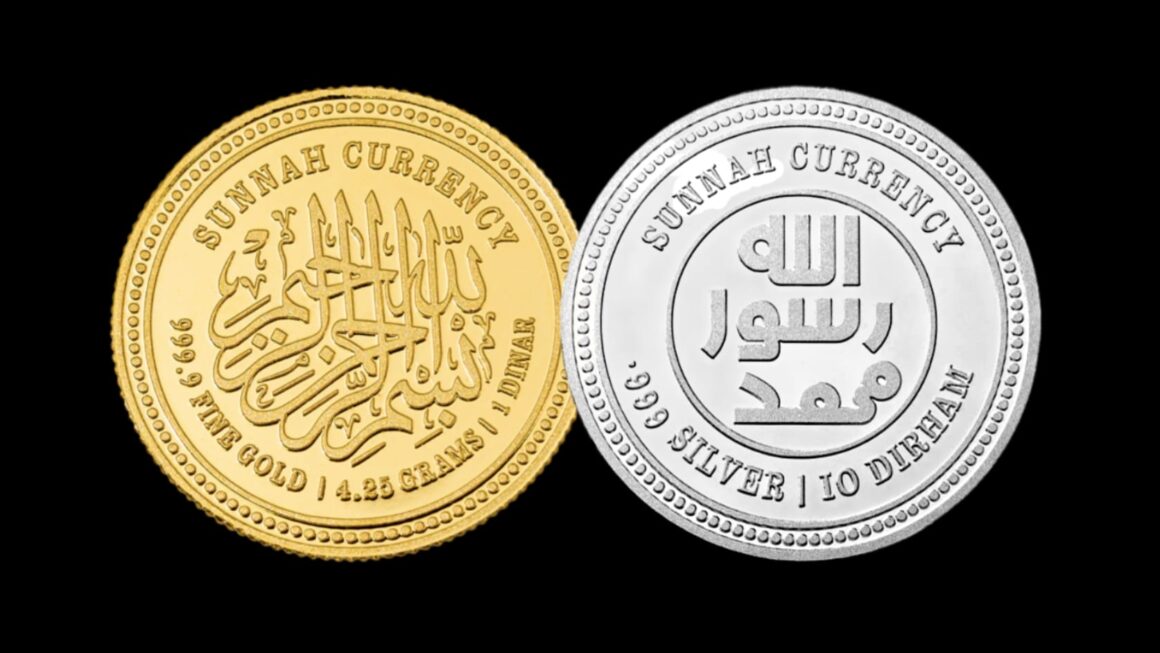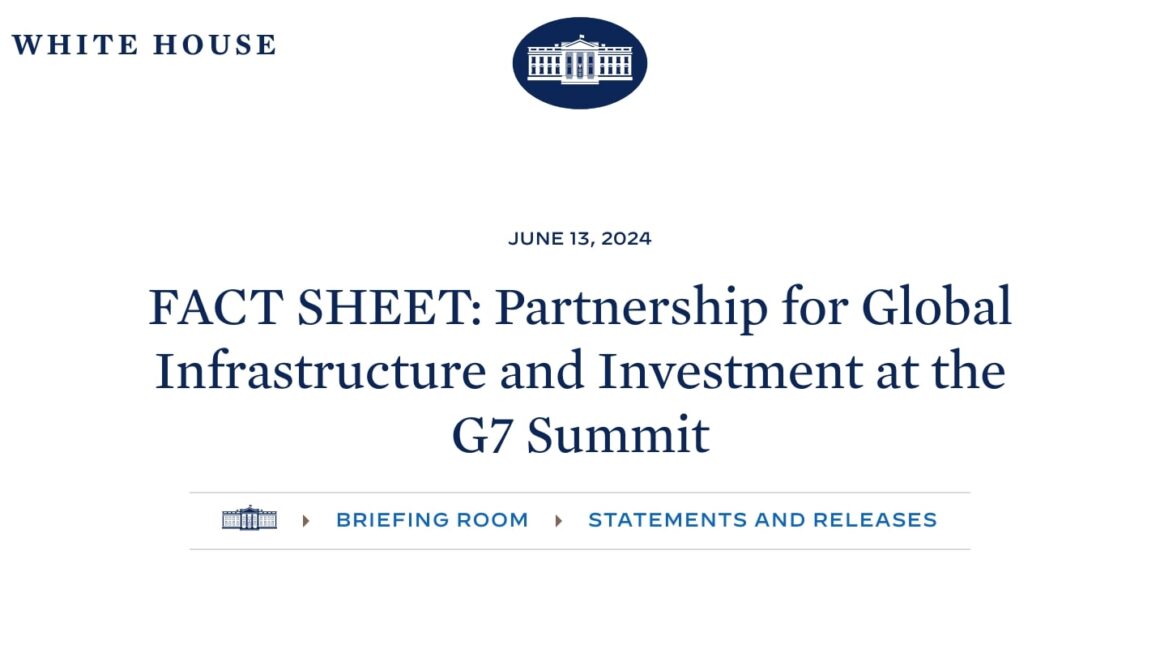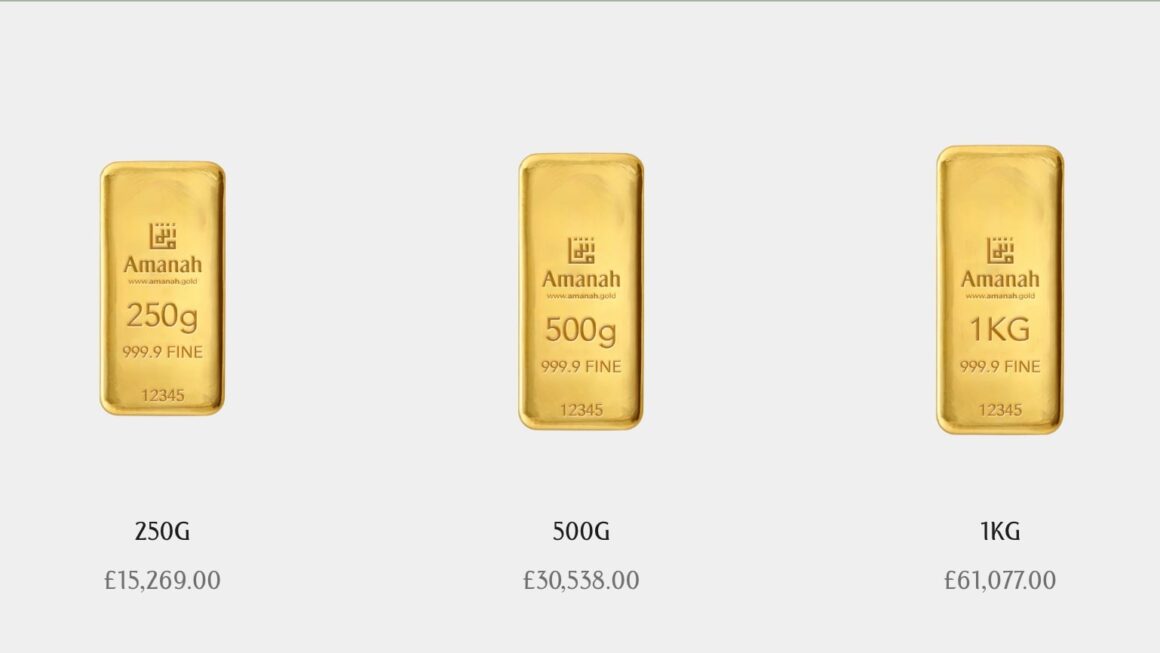What did the world look like under a gold standard, how did it work, and why did it fail?
The Gold Standard of 1871-1914: Gold provided an internationally valid unit of account and medium of payment. The outstanding feature of the period was the unity of the economic world, which has not been achieved at any other time.
“…there was freedom of travel without passports, freedom of migration, and freedom from exchange control and other monetary restrictions. Citizenship was freely granted to immigrants…capital would move unsupervised in any direction, and these movements could take any form” …“International trade had to overcome tariffs, but …they were exceedingly low. There were hardly any quantitative restrictions on international trade (quotas, import prohibitions, etc.)…it was a world of which recently many…would have been inclined to assert that it could not be created because it could never work…”. -R. Sedillot, Le Franc (Paris: Receuil Sirey, 1953)
It was a world of relatively low nominal wages and prices, and exceptionally low taxes (compared to today), a world in which virtual freedom of enterprise, “workable” competition, and highly flexible wage-price structures prevailed – one in which private property and contractual rights were enforced. Defaulting governments had to face boycotts or worse.
It was a world of balanced national budgets wherein public debts had to be amortized as a matter of course, just as private ones had to be repaid, and fiat money was anathema. Essential public expenditures were financed by the sale of long-term bonds, not by debt monetization.
Above all, it was an industrial world of steady real growth – at an average annual rate of about 3% during the six decades before 1914 – with rising living standards for the masses, and with “security” provided by the protection of savings.
Most fiat money experiments of the Revolutionary and Napoleonic era terminated fairly soon after Waterloo. The Bank of England resumed gold coin payments in 1821 and the minting of gold coins on private accounts. The greenbacks of the American Civil War became convertible by 1879. But it took the better part of a century to stabilize the currencies of Imperial Russia and of the Austro-Hungarian Monarchy on a gold basis. By 1914, depreciated paper money remained in circulation only on the periphery of what was at the time the industrial world, notably in Spain, Greece, Brazil, and Chile.
With gold as the common currency base, the money and credit supply of each country could be expected to adjust itself, except for short-term fluctuations, to the international flow of gold, and vice versa.
In each country, interest rates, the flow of capital into investments, money incomes, and price levels were affected in the long run by the flow of gold. This “automatism” of the gold standard was perhaps its most significant feature. Money supplies and the national trends of business activity were essentially interdependent and “synchronized,” due to the “discipline” of the balance of payments – that is, the necessity, under the gold standard, of adjusting the domestic money supply and interest rates to the flow of gold.
Discipline meant, in analytical terms, a quasi-automatic system that eliminated all but very short-term disequilibria in the balance of payments. This was the functional essence of the gold standard. Such discipline distinguishes the gold standard from every type of inconvertible and quasi-convertible system in which the money supply can be “isolated” more or less from the impact of the underlying imbalance of international payments.
The role of the gold standard in unifying the economy of the civilized world can scarcely be overestimated. It was the condition sine qua non of the international capital flow, both short-term and long-term. An essential instrument in “opening up” the world to economic progress, and diffusing modern civilization. The capital flow under the gold standard operated with a minimum of actual gold transfers and with relatively modest gold reserves.
The student of the pre-1914 era cannot help but be impressed by the almost complete unanimity of the leading economists of the “classical”, the “historical,” and every other school (including the Marxists!) in the belief that it was mandatory to organize and stabilize the monetary system of a market economy on a fixed monometallic base. It was taken for granted in the industrially advanced world that stability was the prime requirement of money, stability assured by a fixed price for a precious metal that was acceptable to mankind as a “store of value.”
It was the generally accepted conviction that if money were “freed” from the gold standard’s “shackles,” the money supply would be at the mercy of the demagogues. A deep-seated conviction of the age was that voluntary savings, rather than the “forced” kind, were the royal road to progress and that this road had to be paved with a currency that safeguarded the “productive” saver and discouraged the “unproductive” speculator and hoarder.
There was no doubt, either on theoretical or empirical grounds, that flexible and fluctuating exchange rates invited wasteful, disequilibrium-generating speculation, capital flight, and distorted interest rates.
How did all of this come to an end?














